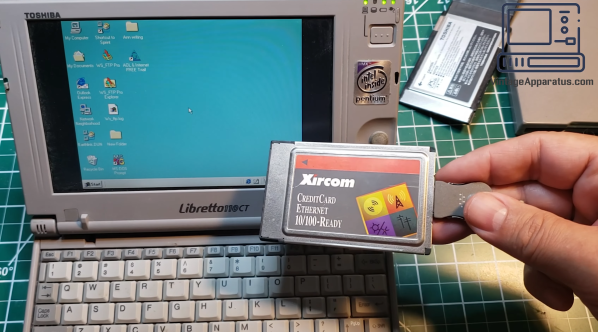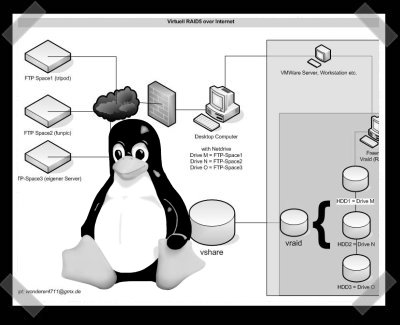It’s time to strap on our propeller beanies, because we’re going to talk crypto. The short version is that some SSH handshakes can expose enough information for a third party to obtain the host’s private signing key. That key is the one that confirms you are connecting to the SSH server you think you are, and if the key validation fails, you get a big warning:
@@@@@@@@@@@@@@@@@@@@@@@@@@@@@@@@@@@@@@@@@@@@@@@@@@@@@@@@@@@
@ WARNING: REMOTE HOST IDENTIFICATION HAS CHANGED! @
@@@@@@@@@@@@@@@@@@@@@@@@@@@@@@@@@@@@@@@@@@@@@@@@@@@@@@@@@@@
IT IS POSSIBLE THAT SOMEONE IS DOING SOMETHING NASTY!
The math that makes this warning work is public-private key cryptography. The problem we’re talking about today only shows up in RSA authentication. Specifically those that use the Chinese Remainder Theorem (CRT) to quickly calculate the modulos needed to generate the cryptographic signature. If something goes wrong during that calculation, you end up with a signature that is mathematically related to the secret key in a different way than intended. The important point is that knowing this extra value *significantly* weakens the security of the secret key.
This attack has been known for quite some time, but the research has been aimed at causing the calculation fault through power vaults or even memory attacks like Rowhammer. There has also been progress on using a lattice attack against captured handshakes, to make the attack practical with less known information. The real novel element of this week’s approach (pdf) is that it has been tested against SSH.
The paper’s authors performed weekly scans of the entire IPv4 public network space, capturing the handshake from any listening SSH server, and also had 5 years of historic data to draw from. And the results are mixed. There is a Cisco SSH server string that is extremely common in the dataset, and only once did one of these machines send a miscalculated handshake. Possibly a random ram bit flip to blame. And on the other hand, the string “SSH-2.0-Zyxel SSH server” had so many bad signatures, it suggests a device that *always* sends a miscalculated signature. Continue reading “This Week In Security: SSH, FTP, And Reptar”














